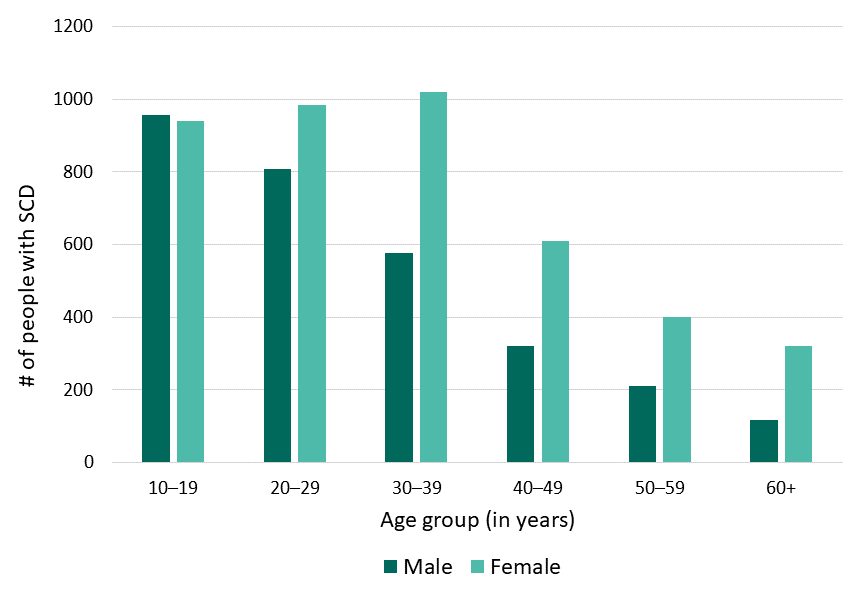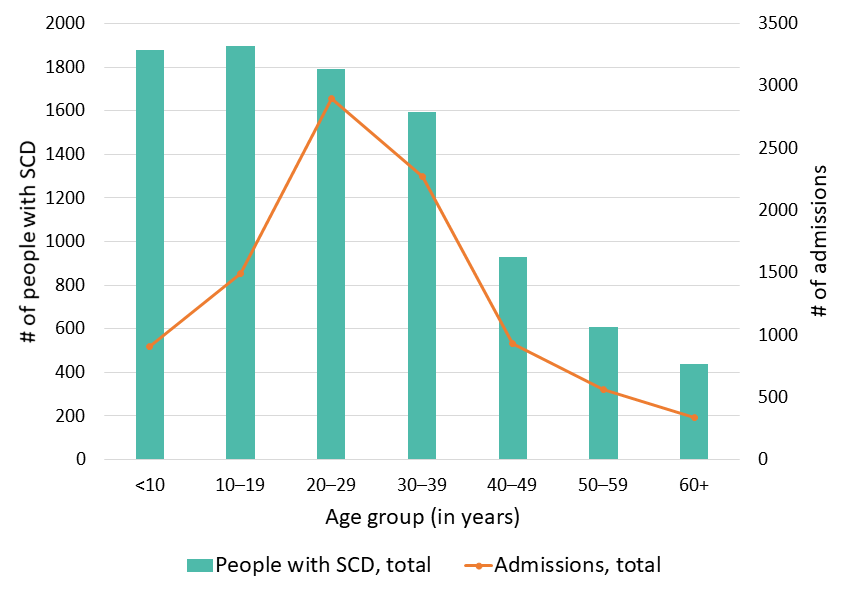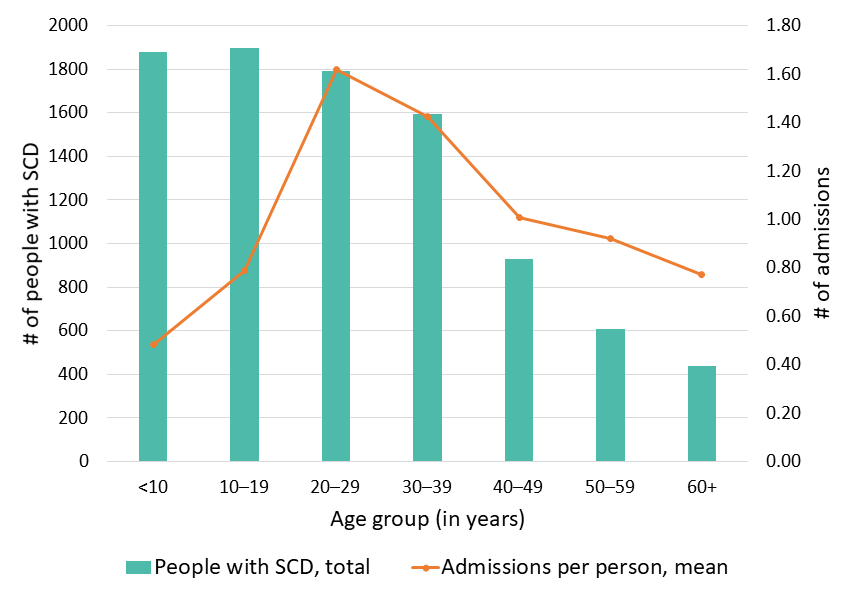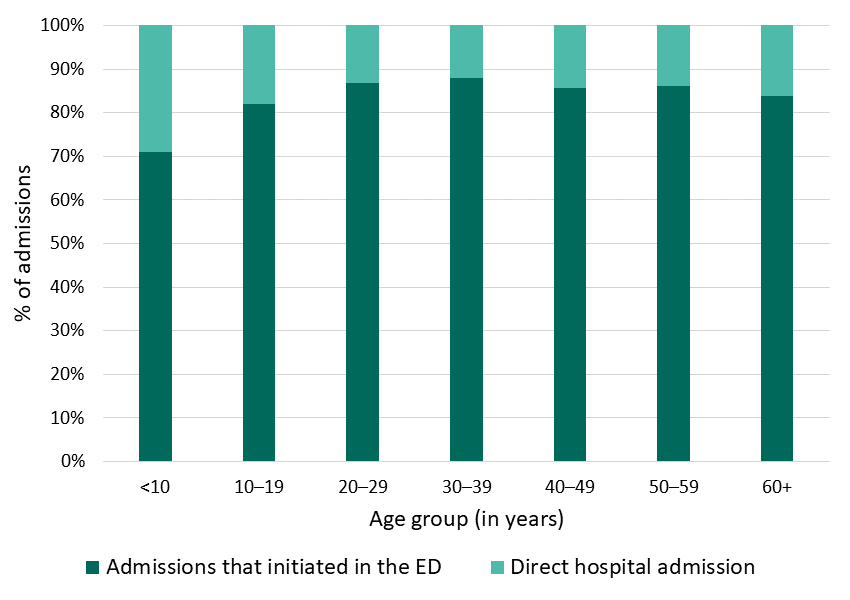At a glance

Overview
Georgia’s Demographics and Healthcare Utilization Data are available for each year from 2010 through 2018. They provide information about the number of people with SCD in the state, their emergency department (ED) visits, and their hospitalizations during a particular year.
The people included in the 2018 data met at least one of the following criteria:
- Born in 2018 and reported by the state newborn screening program with a confirmed diagnosis of SCD
- Born prior to 2018 and reported by the state newborn screening program with a confirmed diagnosis of SCD and at least one of the following criteria:
- Hospital discharge or ED utilization during 2018 or before and after 2018
- Enrollment in the Georgia Medicaid program during 2018 or before and after 2018
- Hospital discharge or ED utilization during 2018 or before and after 2018
- Received care at one of the state's clinical sites providing data to SCDC and a laboratory-confirmed diagnosis of SCD and at least one of the following criteria:
- Received care at the clinical site during 2018 or after 2018
- Hospital discharge or ED utilization during 2018 or before and after 2018
- Enrollment in the Georgia Medicaid program during 2018 or before and after 2018
- Received care at the clinical site during 2018 or after 2018
- Three or more healthcare visits (hospital, ED, or outpatient) with an SCD ICD-9-CM (through September 30, 2015) or ICD-10-CM (after October 1, 2015) code over any 5-year period between January 1, 2004, and December 31, 2019, and at least one of the following criteria:
- Hospital discharge or ED utilization during 2018 or before and after 2018
- Enrollment in the Georgia Medicaid program during 2018 or before and after 2018
- Hospital discharge or ED utilization during 2018 or before and after 2018
The clinical sites that are providing data to the SCDC program are
- Augusta University Sickle Cell Center
- Sickle Cell Disease Program at Children's Healthcare of Atlanta
- Georgia Comprehensive Sickle Cell Center at Grady Memorial Hospital
- Pediatric hematology/oncology at Memorial Health Dwaine and Cynthia Willett Children's Hospital of Savannah
Age: age on December 31, 2018
Hospital admissions: direct hospital admissions or hospital admissions that originated in the ED
30-day hospital readmissions: hospital or ED readmission within 30 days of discharge from the initial hospital admission
ED visits: ED visits that resulted in a release after treatment
30-day ED readmissions: hospital or ED readmission within 30 days of discharge from the initial ED visit
Demographics


Hospital utilization








ED utilization




